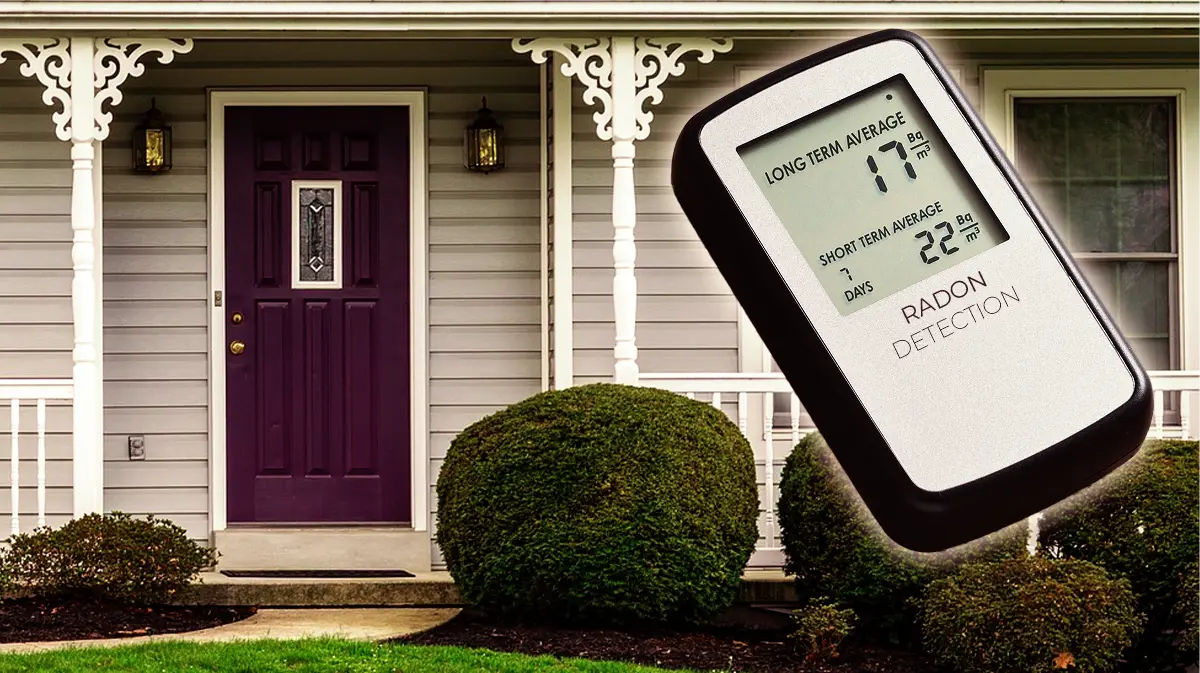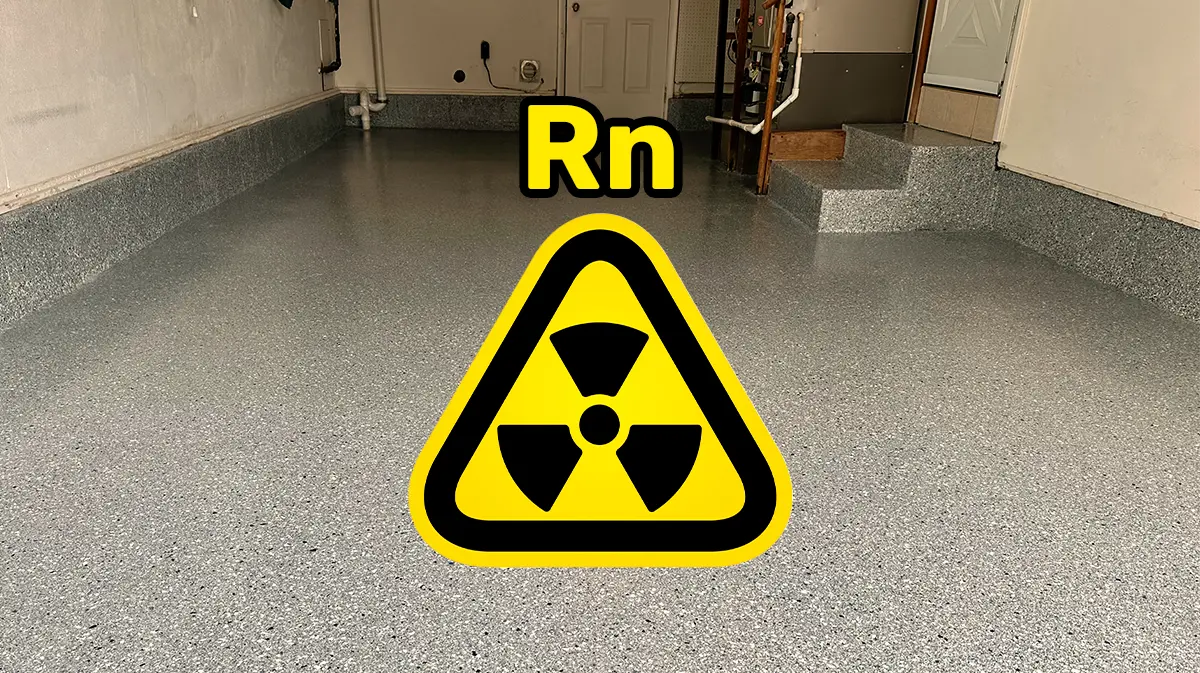You’ve likely heard about the dangers of radon gas, a silent threat that can infiltrate homes. But did you know that moisture vapor rising from your concrete floors can contribute to serious health issues as well? In St. Louis, protecting your home from these risks is crucial, especially with the added concern of Sick Building Syndrome (SBS). Let’s explore how these factors intertwine and what you can do to keep your living space safe from radon and moisture.
The Triple Threat: Radon, Moisture Vapor, and Sick Building Syndrome
Radon and moisture vapor are often invisible, but their impacts can be significant, leading to both health and structural issues:
- Radon Risks: As a radioactive gas that seeps through cracks in your home’s foundation, radon is the second leading cause of lung cancer in the U.S. Regular testing and professional mitigation are essential to reduce this risk.
- Concrete Moisture: When moisture vapor moves through your concrete slab, it not only leads to visible damage like dark spots and efflorescence but can also weaken the structural integrity of your floors over time.
- Sick Building Syndrome (SBS): SBS occurs when a building’s occupants experience acute health effects with no specific illness identified, often linked to poor indoor air quality. Symptoms include headaches, dizziness, respiratory issues, and general discomfort. Moisture-related problems and radon exposure can significantly contribute to SBS, making it vital to address these issues promptly.
Understanding Radon and Moisture in Your Home
In St. Louis, homes are particularly prone to these issues, especially during colder months when indoor air pressure drops. This lower pressure inside the home can act like a vacuum, drawing in radon gas and moisture from the surrounding soil.
Key actions to consider for protecting your home:
- SBS Awareness: Be vigilant about symptoms like headaches, nausea, or respiratory irritation, which may be linked to SBS. These could indicate underlying moisture or radon issues that need addressing.
- Radon Testing: Regularly test for radon with a kit from your local hardware store. If elevated levels are detected, immediate mitigation is necessary to protect your health.
- Moisture Monitoring: Watch for signs of moisture problems, such as musty odors or visible efflorescence on your concrete floors. Addressing these early can prevent the development of SBS.
Radon and Moisture: Why Epoxy Coatings Can Help
Applying an epoxy coating to your floors is a proactive step that combats both moisture vapor and radon intrusion, while also helping to reduce the risk of SBS:
- Moisture Control: Epoxy coatings seal your concrete floors, preventing moisture from rising and contributing to poor indoor air quality and potential SBS.
- Radon Defense: By creating a barrier over your concrete, epoxy coatings also help reduce radon entry points, providing an extra layer of protection for your home.
- Improved Air Quality: Properly sealed floors minimize moisture-related problems, helping to maintain healthier indoor air quality and reduce the risk of SBS.
Practical Steps to Protect Your Home
Here’s how you can safeguard your St. Louis home from radon, moisture, and the associated health risks:
- Test regularly for radon and address elevated levels with a professional mitigation system.
- Seal your floors with an epoxy coating to prevent moisture vapor and radon from entering your living space.
- Be aware of SBS symptoms and act quickly to improve indoor air quality.
Taking these precautions not only protects your home but also ensures a healthier environment for you and your family. The GatorGuard crew here in St. Louis is here to help with professional epoxy floor installations and expert advice on mitigating these risks.
For more information and a free estimate, contact our GatorGuard location in St. Louis today. We’re committed to enhancing the safety and quality of your home.
Share this Post



